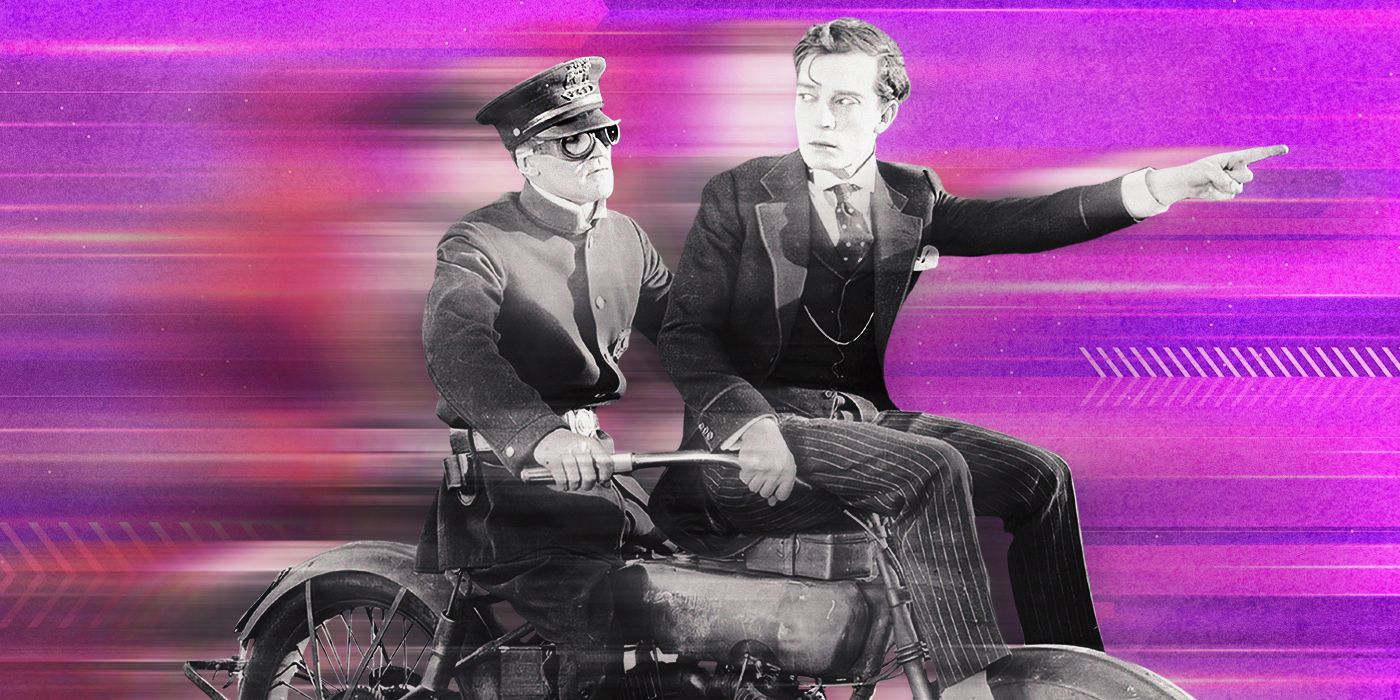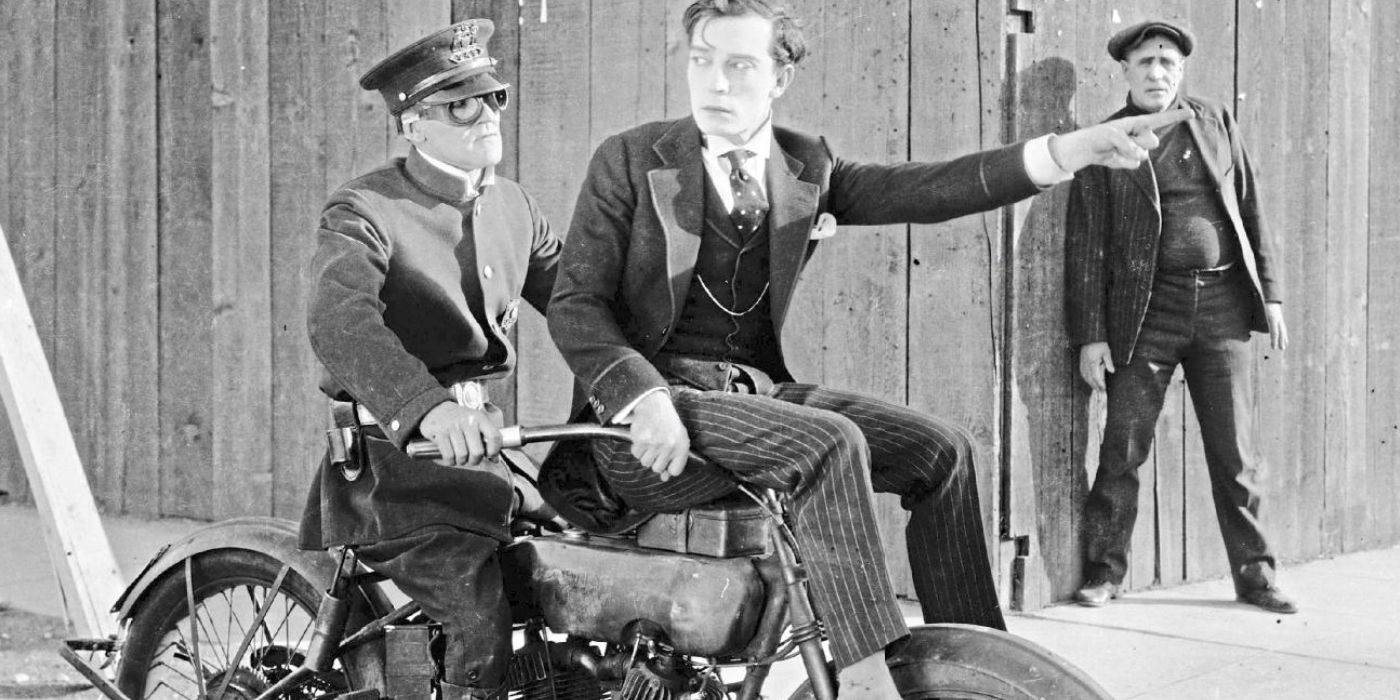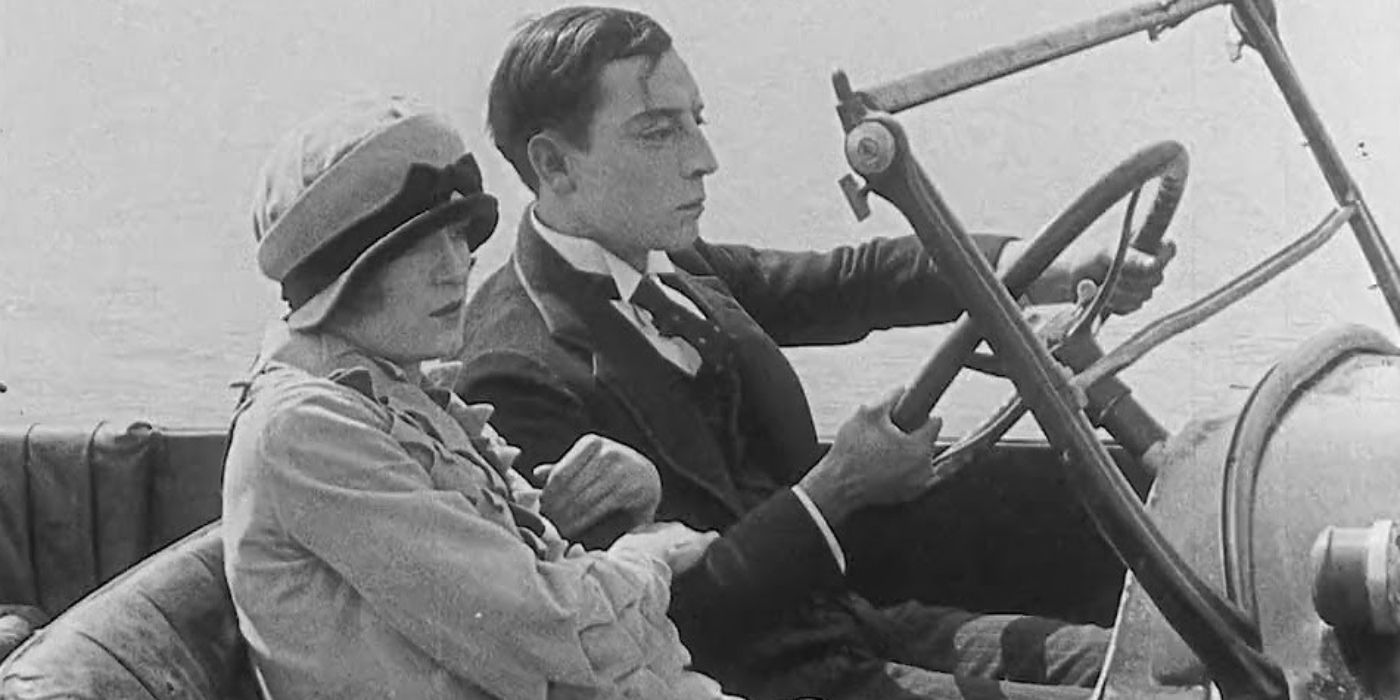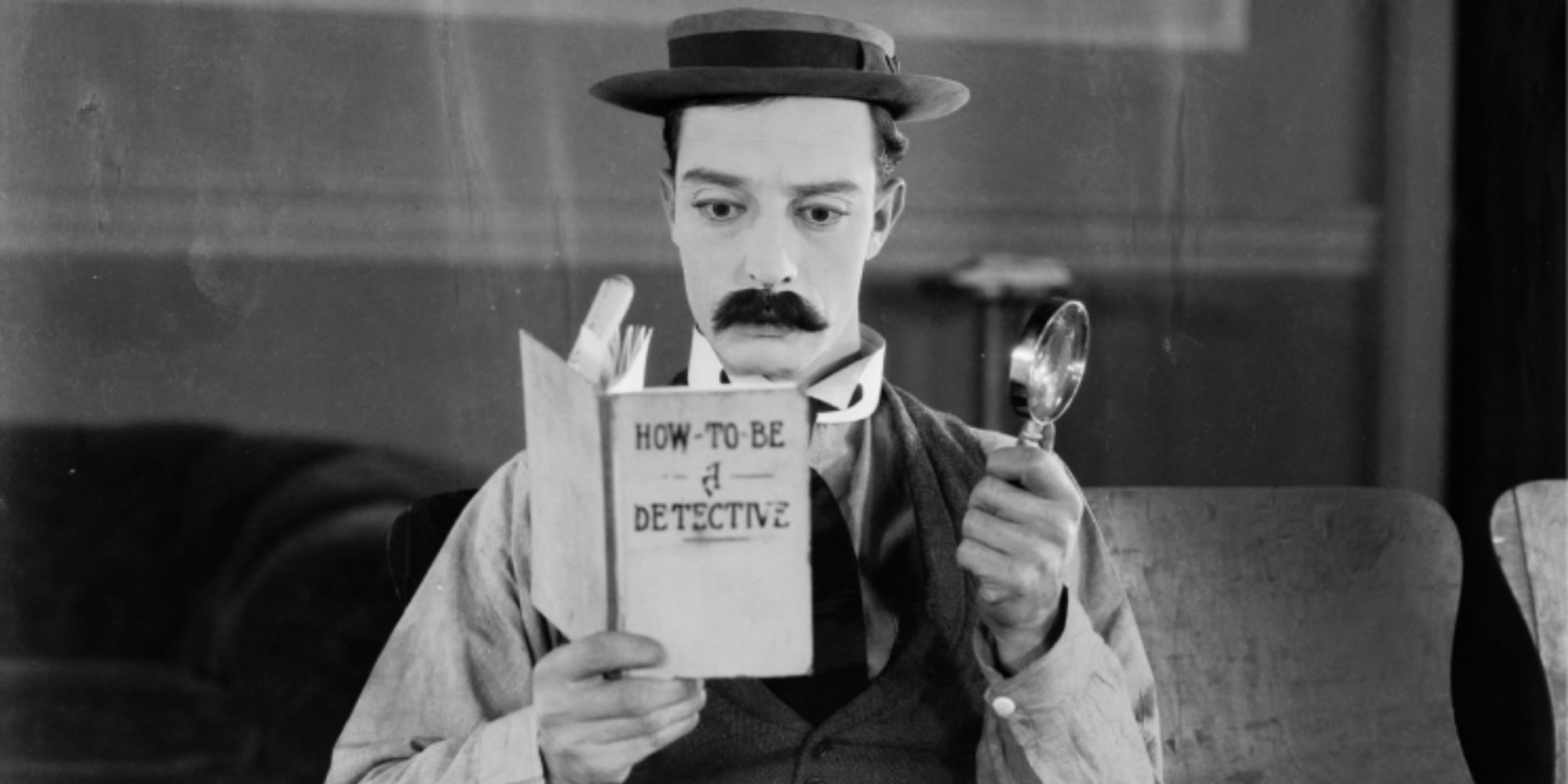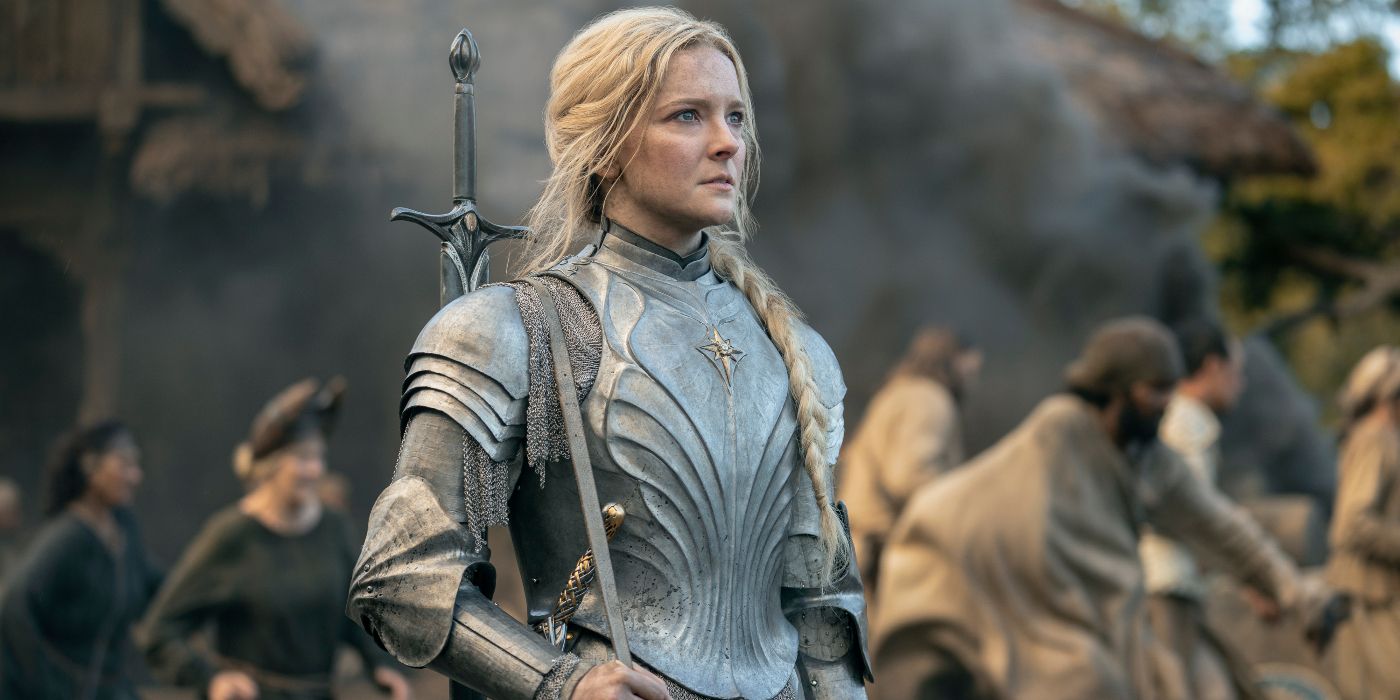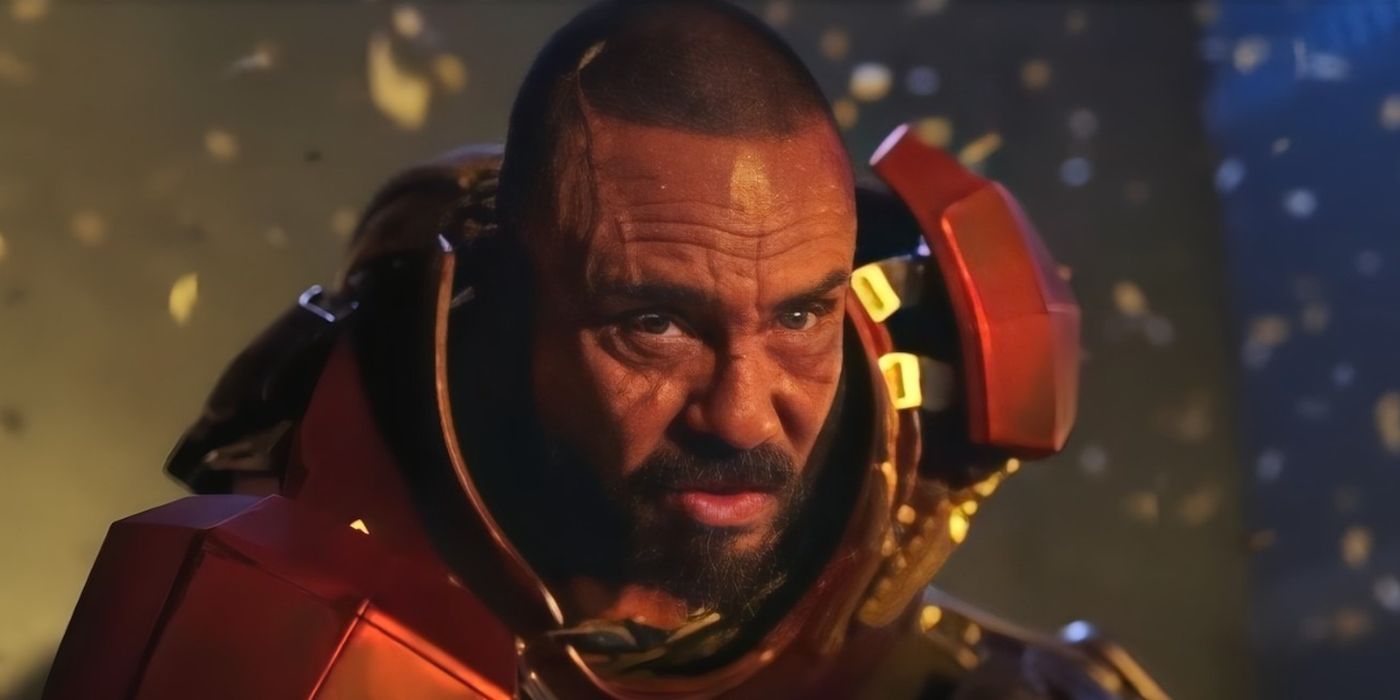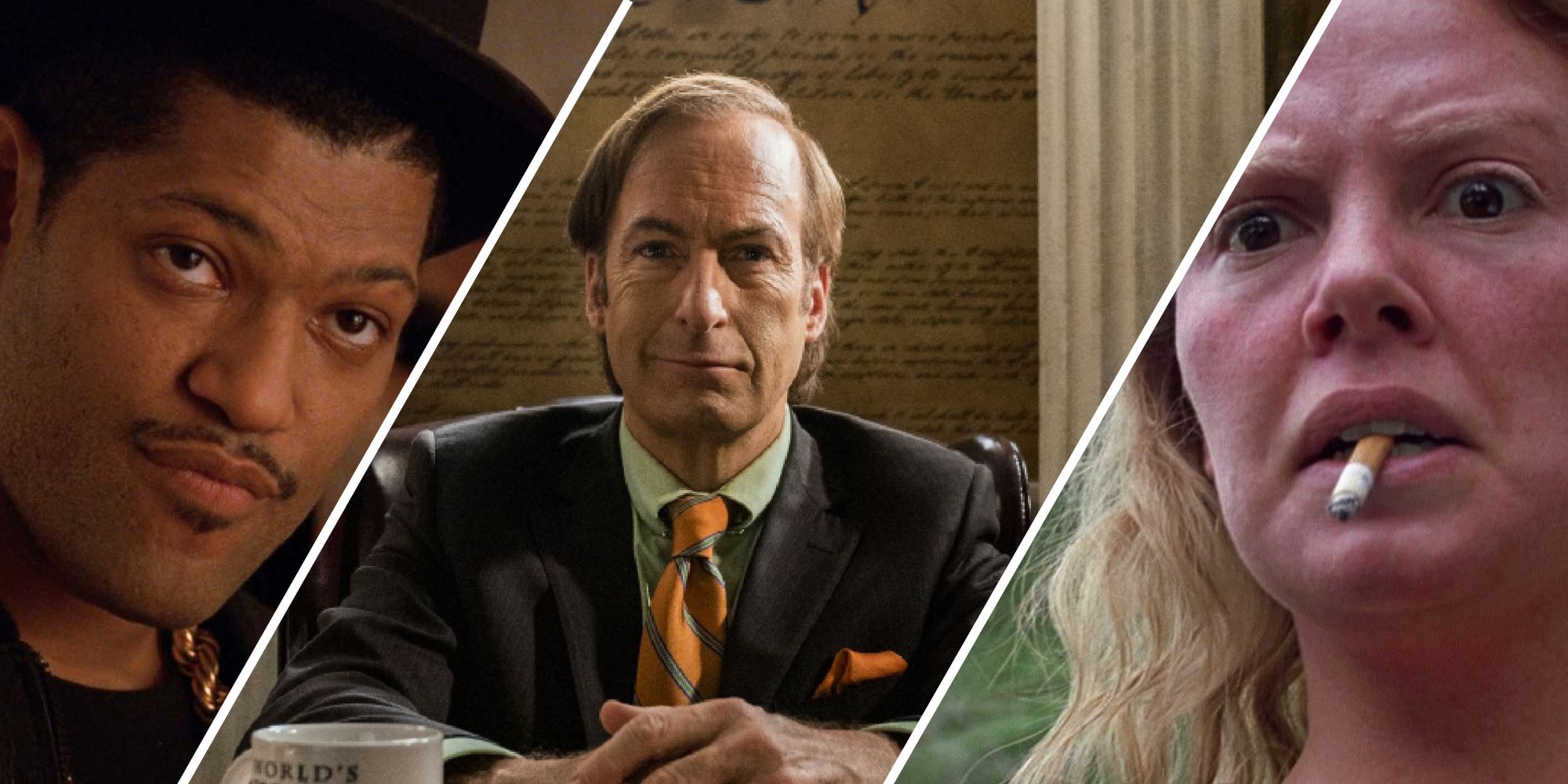The Big Picture
- Buster Keaton, along with Charlie Chaplin and Harold Lloyd, was an iconic figure in early American silent film known for his timeless physical comedy.
- In his film Sherlock Jr., Keaton’s car chase sequence is unparalleled in terms of action-packed hilarity, featuring zany physical hijinks and impressive stunts.
- The car chase in Sherlock Jr. showcases the organic and practical nature of early film-making, unlike modern car chases that rely heavily on digital effects.
Car chases are iconographic staples of the action genre. Films like Bullitt, The French Connection, Terminator 2, and those in the Mad Max and Fast & Furious franchises have offered some of the most epic chase sequences in all of cinema, making fast cars and vehicular violence about as commonplace in action movies as guns and shootouts. Now and then, an occasional comedy will endorse the trope. What’s Up Doc?, The Blues Brothers, and 21 Jump Street are just a small handful of notable films that offer such high speed laughs. The funniest of them all, however, actually dates back to cinema’s earliest era, and at nearly a century old, its car chase remains unparalleled in terms of action-packed hilarity.
Buster Keaton Was Known for His Timeless Physical Comedy
Alongside Charlie Chaplin and Harold Lloyd, Buster Keaton was an icon of early American silent film. Physical comedy was the game, and Keaton, with his outstanding acrobatic abilities, was a winning player. The small-statured actor could fold his body into impossible positions, fling himself across sets, and land astounding falls, all without breaking his stone-faced persona. Unlike Chaplin or Lloyd, Keaton was known for his apathetic on-screen demeanor, playing out the bizarre stunts with seeming indifference. This stoicism may be part of the reason for Keaton’s longevity. Even today, modern audiences can project themselves onto the actor’s phlegmatic characters.
In 1924’s Sherlock Jr, Keaton plays an aspiring detective who works as a projectionist at a local cinema. After a patron loses a prized watch, Keaton’s character takes it upon himself to catch the criminal and win the heart of the bad guy’s unwitting love interest (Kathryn McGuire). In reliable Keaton fashion, the underdog story leads to zany physical hijinks. The first half of the film shows Keaton climbing on top of a train, racing over its moving carts, and getting crushed by a flood of water dumping out of a giant spout. That last stunt even broke Keaton’s neck on set, and yet the show went on.
Keaton Flies Through Windows and Balances on Bikes in ‘Sherlock Jr.’
It’s during the film’s second half when the physical comedy reaches a zenith. After Keaton falls asleep in his projection booth, he enters a dream sequence where he immerses himself in the cinema and eventually gets himself into a high-speed chase with the antagonists. First, Keaton jumps through a window and, all in the matter of a single frame, puzzles his pursuers by disguising himself under a quilt. Only in the next scene does one of them recognize Keaton, and they break into a foot chase. He then uses the power of illusion to appear like he’s vanished into a nearby magician’s suitcase — a practical effect that still manages to wow viewers.
Running down the street, Keaton then flags down a motorcyclist, who invites him to hop on the handlebars. Keaton obliges and the two take off. Soon thereafter, however, the bike goes over a bump and the driver falls from his seat. Unbeknownst to the forward-facing Keaton, he continues to glide on the handlebars with no pilot behind him. Without losing any speed, the motorcycle races through traffic, narrowly avoiding veering automobiles. It splashes through puddles, drudges up dirt, and runs through crowds, eventually trailing a few bodies in its wake. Keaton crashes through barricades, survives falling bridges, and just barely avoids getting run over by a train before he finally turns around and realizes his solitude.
Luckily, the bike brakes at the perfect moment. It crashes into a pile of logs before his very intended destination — the house where his damsel is being kept in distress. The crash’s momentum sends Keaton flying over the handlebars, through the window, and onto the table, kicking the girl’s captive through a wall. The duo then escapes out the window and into a car as Keaton’s pursuers arrive.
‘Sherlock Jr.’s Explosively Funny Car Chase Was James Bond Before James Bond
Thus begins the movie’s true car chase, and though brief, it includes all the would-be tropes of the best car chase. While traveling at high speeds, the pursuers lean out of their car’s side to shoot at Keaton and the girl. In retaliation, Keaton throws a detonation device at them. It collides in an explosion, sending the shooters up into the air and off to the side of the road. The car then swerves off the street and flips over, like something straight out of a James Bond movie, but taking place 29 years before Ian Fleming would even pen the super spy into existence.
The pursuers now obliterated, Sherlock Jr. offers one final stunt to close out the car chase. The car is going at such intense speeds that when it approaches a nearby pond, Keaton slams on the brakes and the vehicle’s entire body detaches from the wheels. It launches into the water and continues motoring on as a speedboat. Keaton remains unfazed but soon realizes that something’s amok. He pulls a U-turn, puts the car in park, and naively steps out the door just to submerge himself in the water. He swims back in and fashions the fold-out convertible roof into a sail. The couple then drift along to the wind, triumphantly taking in the scenery. It is a sweet denouement to the chase — even if the car eventually sinks and the pair need to swim ashore.
SAG-AFTRA Was Created in 1933 and Brought About Safety Restrictions
Part of the timeless appeal of Sherlock Jr.‘s car chase lies in its undeniable practicality. Like the film as a whole, the sequence uses few camera or editing tricks to create effect. Everything is transparently done in-frame. For better or worse, movies aren’t made like this anymore. Safety is rightfully a top priority on sets nowadays, and the creation of SAG-AFTRA in 1933 put restrictions on the risky situations actors might find themselves in. Likewise, for safety, budgetary, and spectacle purposes, many modern car chases endorse digital effects to show vehicles burning rubber and blowing up. Despite these innovations, though, there remains something sublime about the uninterrupted shots of Keaton crashing through windows and racing through the streets. Namely, we know it’s all organic.
Is Sherlock Jr. the first car chase in a movie? Not quite. British director Alf Collins made Runaway Match in 1903, and that same year, Edwin S. Porter had horses and trains racing alongside one another in The Great Train Robbery. Nevertheless, Sherlock Jr. offers a far more expansive and comprehensive chase than these predecessors, essentially evoking many of the traits that still define cinematic car chases today. It’s thrilling and suspenseful, yet endearing and hilarious all the same. That’s the Buster Keaton promise, and it should be no surprise that this lion of early film influenced the medium far beyond a single genre or mode.

